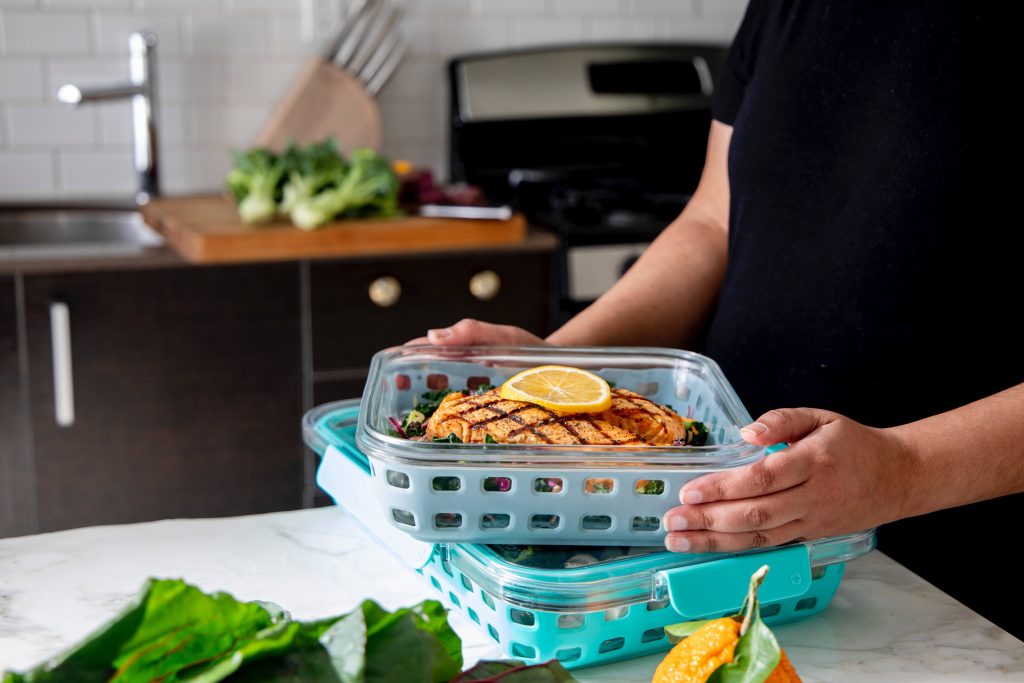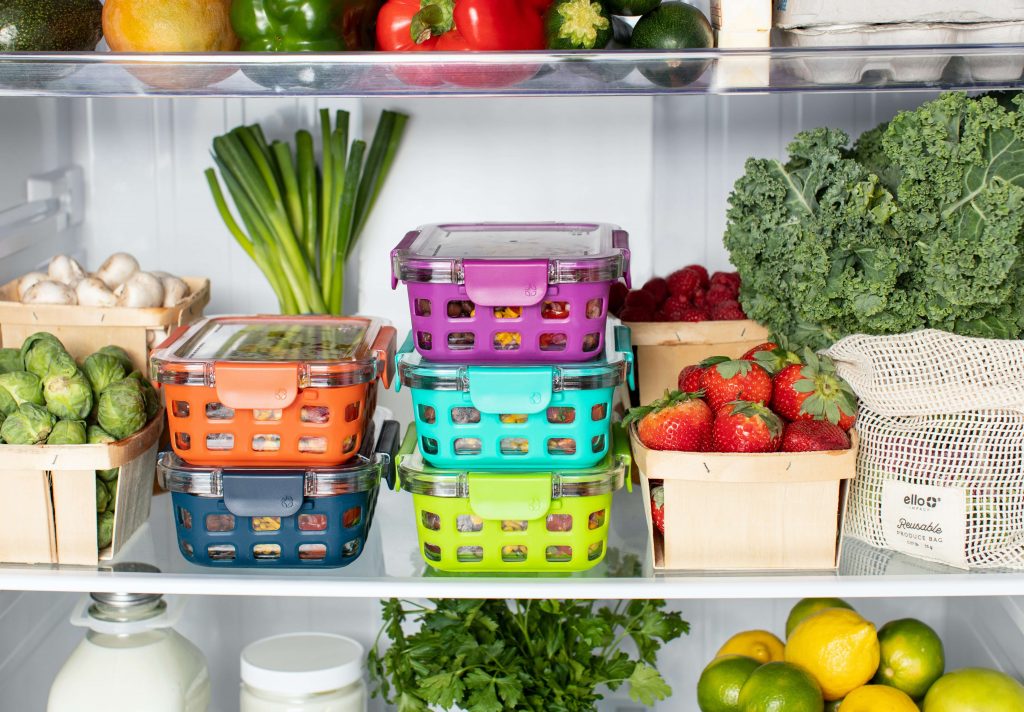As temperatures continue to soar and the South African Weather Services predict drier and warmer conditions this December to March 2024, facilities management company, Servest Catering, cautions against the risks of food contamination.
Bradley Hall of Servest Catering says, “proper food preparation and handling is absolutely crucial to ensure food safety during high temperatures; as the risk of food poisoning escalates in warmer temperatures when bacteria thrive. The danger zone, between 5 and 65 degrees Celsius, is where bacteria multiply rapidly, causing serious foodborne illnesses.”
Contaminated foods can expose individuals to bacteria such as Salmonella or E. coli, which can lead to symptoms such as diarrhoea, stomach pain or cramps, nausea, vomiting, and fever.
Hall advises keeping hot foods above 65 degrees Celsius and cold foods below 5 degrees Celsius in the fridge, with frozen foods stored at temperatures below minus 18 degrees Celsius.
He highlights that people often make a lot of food-handling errors, especially when dealing with large quantities of food, particularly during the festive season, or at public gatherings. One common mistake that most people make is storing food on the floor, a practice that must be avoided to minimise the likelihood of pest infestation and contamination. Overstocking and poor planning are some of the other common mistakes that can compromise food safety.
“It is crucial to stock food in volumes that match your storage space and are sufficient for the number of people being catered for only, to prevent issues like overstocking and excessive stacking,” advises Bradley.

How to store and handle food safely during the hot seasons:
- If possible, use shelve storage areas to avoid floor storage, and monitor pest activity
- In high temperatures, store raw food separately from cooked food
- Use covered containers, and do not refreeze thawed foods
- Regularly check and adhere to use-by dates, especially for high-risk foods
- Maintain personal hygiene, washing your hands regularly, before and after handling food, after using the toilet, and after coughing or sneezing
- Keep working surfaces clean at all times
- To avoid cross-contamination, practice “clean as you go” by sanitising equipment and surfaces before and after use
Given the increasing frequency of load shedding, it is essential to consistently monitor food temperatures to ensure that no food remains within the danger zone temperature range of 5 to 65 degrees Celsius.
Furthermore, Hall emphasises the importance of proper waste disposal to prevent pest activity. “Waste areas should be kept clean and sealed, with lined bins emptied daily to maintain a hygienic environment,” he says.
He highlights that food safety is a collective responsibility and emphasises the need to continuously create awareness on the importance of food handling. That applies to all individuals, but particularly for those in the food industry.
With anticipated continued high temperatures during the festive season and beyond, monitoring of food temperatures and food handling best practices will be crucial to avoid foodborne illnesses and infections.
ALSO SEE: Nearly half of South Africa’s drinking water is unsafe
According to reports, nearly half of SA’s drinking water is unsafe
Feature image: Pexels

